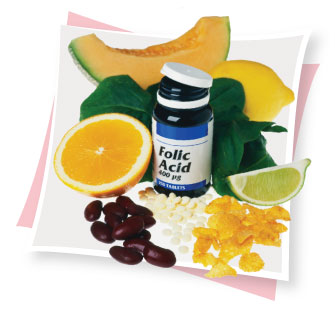With March being National Nutrition Month, it’s a great time to reevaluate the foods in your fridge, freezer and pantry.
When it comes to a healthy diet, balance is best. Eating lean protein, carbohydrates, fruits, veggies and healthy fats gives your body the energy, nutrients and minerals it needs to perform.
Folic acid is the vitamin form of folate. Even with careful planning, it can be difficult to get the suggested daily intake of folate, which is why we recommend taking a folic acid supplement.
Foods rich in foltate include leafy greens, beans, peas, fruits, juices and grains fortified with folic acid. Veggies including spinach, asparagus, turnip greens, brussel sprouts and broccoli are high in folate. Also, lentils, pinto beans, chickpeas, navy and kidney beans are rich in folate.
The process of preparation, cooking and storage, can easily destroy folate and its effectiveness in the body. It’s best to eat veggies raw or lightly steamed to get the greatest benefit.
Here are a few tips to make sure you get enough folate/folic acid in your diet:
- Take a folic acid supplement, or multivitamin with 400 mcg of folic acid.
- Plan two or more meals per week using beans as the main protein.
- Eat dark green veggies most days of the week.
- Include one food from the grains group at each meal.
- Snack on foods that are high in folate.
- Opt for orange juice instead of soda.




